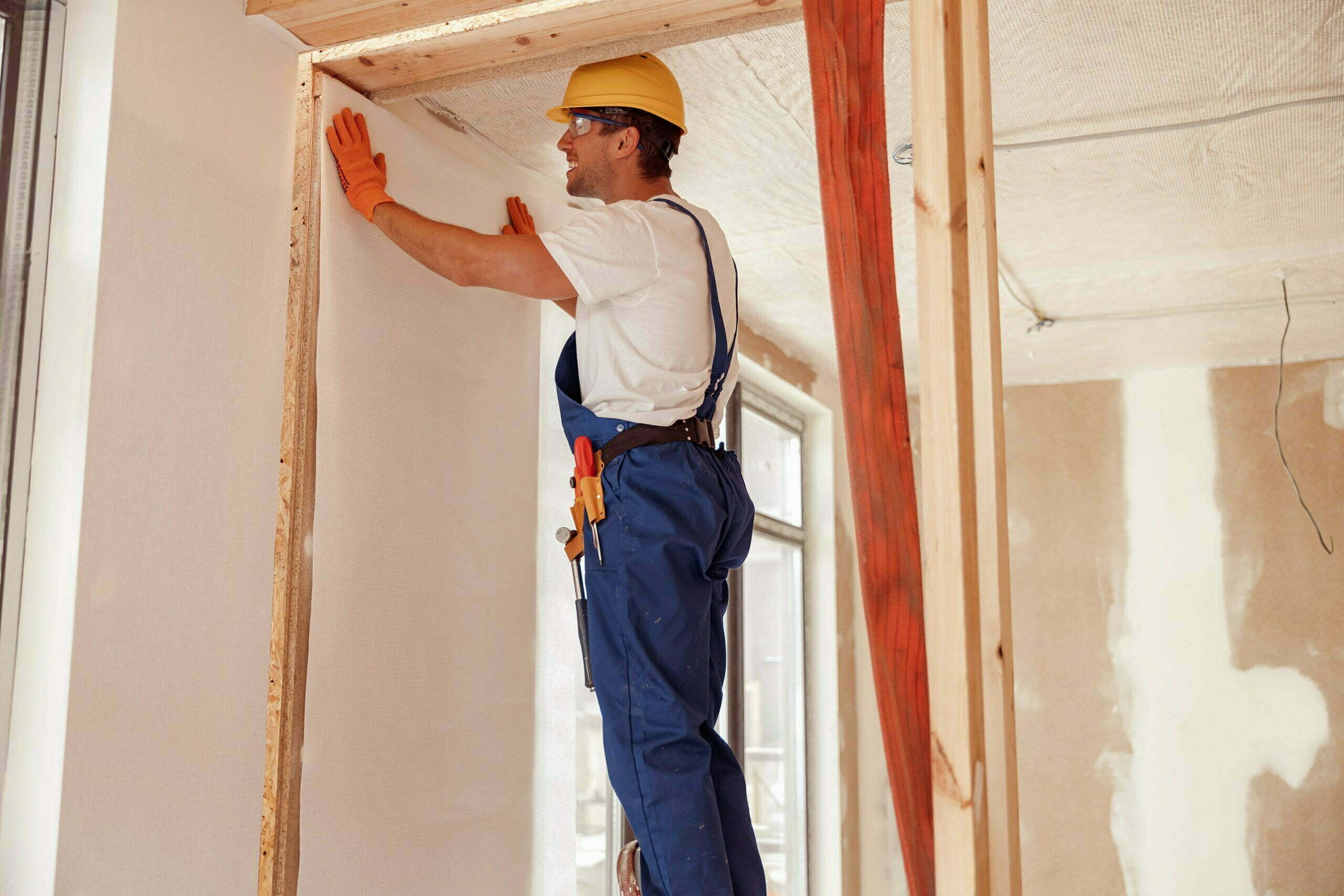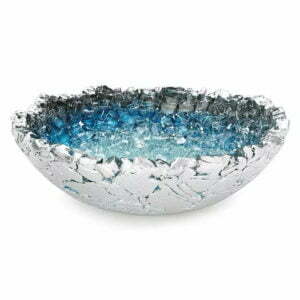If you own a historic home or are considering purchasing one, it’s important to be aware of the common types of restoration work that may need to be done. A historic home can have lots of character and charm. However, it can also come with an extensive repair and restoration expense. It’s important to be aware of potential projects that might need to be completed. Keep reading to learn about the most common restorations made to historic homes.
Installing New Roofing

When it comes to historic homes, there are a few common restoration projects that are often needed. One of these is often roofing repairs or replacement. This can be difficult because you’ll maintain the original roof structure but also ensure that the home is safe and more energy efficient. If you need a new roof on your historic home, you can do a search for “roofing contractor in The Villages,” for example, to find contractors in your area who can help with this project. Replacing an old roof with a new Energy Star-rated roof can save you up to 40 percent on your monthly energy bill. However, you’ll need to be sure that it is done correctly.
The first step in any roofing project is to assess the damage and determine the necessary repairs. This may include replacing missing or damaged shingles, repairing flashing around vents and chimneys, or fixing holes in the roof deck. Once the repairs are complete, the contractor will then install a new roof membrane. This is typically a synthetic rubber material that is waterproof and weather-resistant. It will also protect against ultraviolet radiation, which can cause damage to older roofs.
If your historic home needs a new roof, be sure to choose a contractor who is experienced in working on historic buildings. They will know how to maintain the character and integrity of your home while still completing the necessary repairs.
Replacing Damaged Siding
Older homes that are made primarily of wood will likely need replacement siding. This is often one of the most common restorations made to historic homes, as it can add both value and protection from the weather. There are many different types of siding materials available, so it’s important to choose one that will be both aesthetically pleasing and functionally sound.
Wooden clapboard or shingle sidings are two popular options, as they can be easily repaired or replaced if damage occurs. Vinyl siding is also a popular choice, as it is durable and relatively low-maintenance. However, it’s important to make sure that the vinyl material is compatible with your home’s historic requirements from state and local rules.
No matter what type of siding you choose, it’s important to make sure that the installation process is done properly. Improper installation can lead to moisture infiltration and other problems down the road. If you’re not comfortable doing the work yourself, be sure to hire a qualified contractor who knows how to properly install siding on historic homes.
Installing Energy Efficient Systems

Installing energy-efficient systems is important for any home, but it’s especially crucial for historic homes. Many older homes weren’t built with energy efficiency in mind, so making some simple changes can help reduce your monthly energy bill and save you money in the long run.
Some of the most common energy-efficient upgrades include adding insulation, replacing windows and doors, and upgrading the heating and cooling system. All of these upgrades can make a big difference in how efficiently your home uses energy.
New insulation can also make a big difference, especially if your home doesn’t have enough insulation currently. Adding insulation can save you up to 20 percent on your monthly heating and cooling costs.
Replacing old windows and doors with Energy Star-rated models can also help you save money on your energy bills. New windows and doors are more airtight than older ones, which means they keep warm air in during the winter and cool air in during the summer. Upgrading to a new heating or cooling system can also help reduce your energy usage by as much as 30 percent.
Preserving Historic Details
When doing restorations for historic homes, it is important to preserve as many of the original details as possible. This includes features such as woodwork, hardware, and plaster. It may also include more subtle details like the placement of light switches and door knobs.
When restoring a historic home, it is important to preserve the character of the house. This means that you should endeavor to keep as many of the original features as possible. This includes things like the original flooring and walls. If any changes are made, they should be made in a way that is consistent with the style of the home.
One of the biggest challenges of restoring a historic home is finding the right balance between preserving the character of the home and making necessary repairs. In some cases, it may be necessary to make changes that are not consistent with the style of the home in order to make the home safe and functional.
Finally, it’s important not to make any major changes to the exterior appearance of a historic home. If you want to add a porch or deck, for example, try to find one that matches the style of the house. And if you’re thinking about painting it a different color, be sure to get approval from your local historical society first.
Overall, common restorations made to historic homes are important in order to maintain the character and integrity of the property. While each restoration may seem minor, they can add up and have a significant impact on the overall appearance and preservation of the home.









